
The ravens here at Monkey Flower Ranch are something special. They’ve been watching over our desert ranch retreat high desert landscape for thousands of years. Way before we turned this into a retreat for guests, this land in Cortez Canyon, south of Weldon, California, belonged to the Tubatulabal people – “people of the pine nut place.”
Right next to our property, Bob Rabbit Canyon carries the name of the last Kawaiisu shaman – Bob Rabbit. His presence here tells you something important: this Kern River valley region was never isolated. These indigenous peoples were connected, trading, intermarrying, moving across the landscape with the seasons.
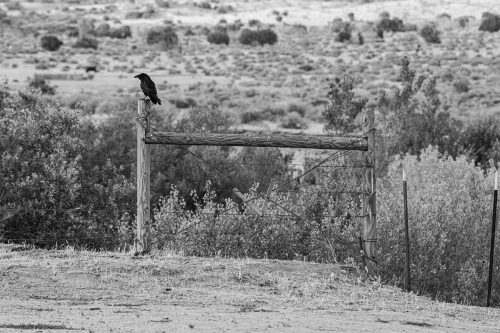
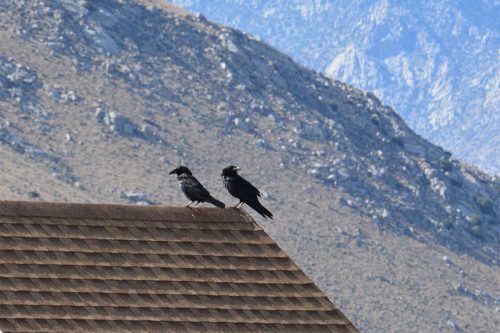
Common ravens (Corvus corax) have made this high desert ranch their home for millennia.
They’re perfectly adapted to this harsh, beautiful place where our desert mountains surround our valley in the southern tip of the Sequoia National Forest. These birds are incredibly intelligent – among the smartest you’ll find anywhere.
Ravens are amazingly versatile. Equally at home on the desert floor or soaring above mountain peaks around our desert ranch retreat. Their distinctive croaking calls echo across our canyons – a sound that’s been constant for centuries. They mate for life, solve complex problems, and sometimes perform aerial acrobatics that look like pure joy.
Most of us rarely get to observe ravens this closely. Out here, with 90 acres of pristine high desert, you can watch them hunt, play, and interact in ways you’d never see in suburban or city environments.
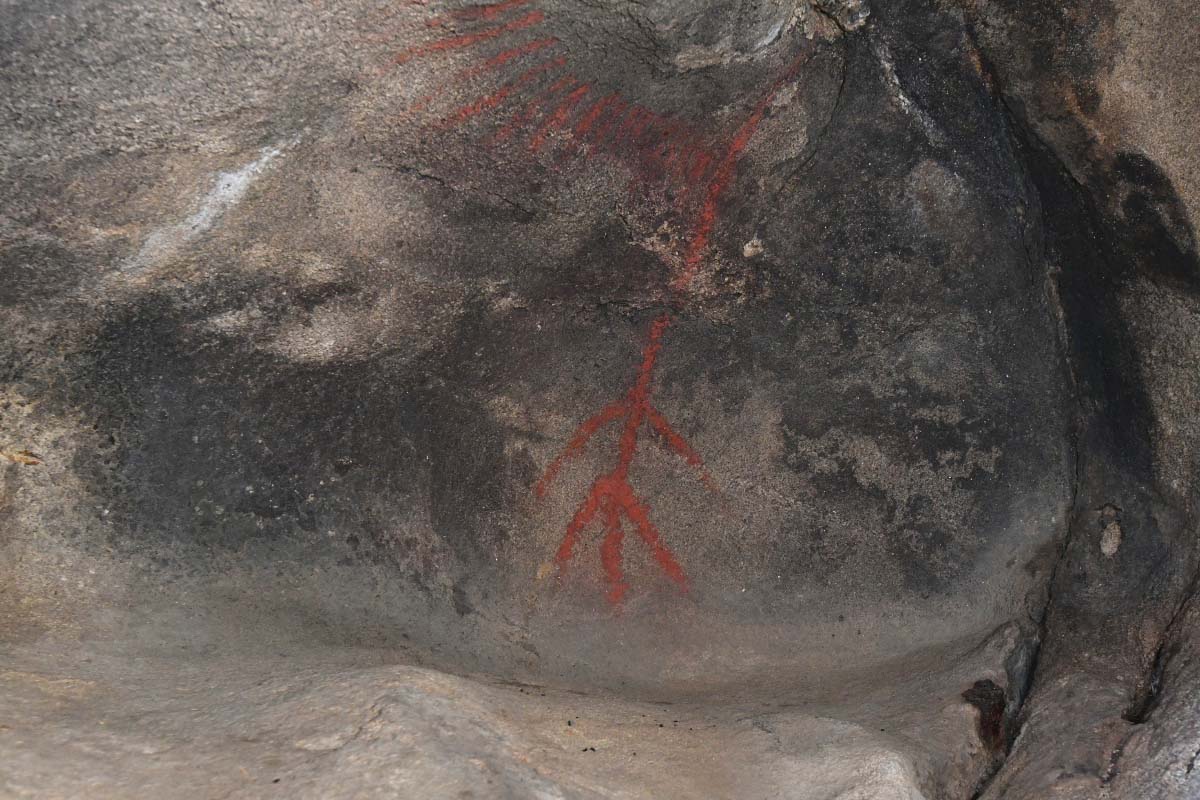
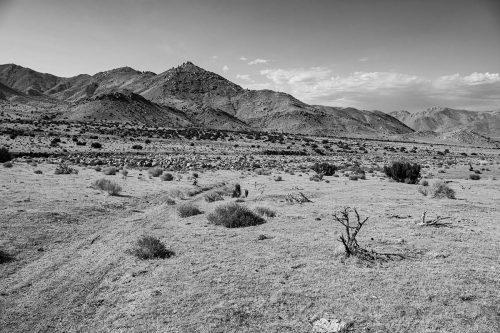
For all these neighboring peoples – Tubatulabal, Kawaiisu, Yokuts, and others – the natural world wasn’t just resources to be used. It was a community of beings that deserved respect. Their traditional beliefs recognized supernatural spirits that often took human or animal forms. Every creature had significance.
We don’t have specific written records of Tubatulabal raven stories, but across Native American cultures, ravens are revered as:
When you stay at the Monkey Flower Ranch, you could be encountering the descendants of perhaps the same ravens that witnessed the seasonal rounds of the Tubatulabal people. These Ravens watched the gathering of pine nuts in our canyon, the harvesting of desert plants in our valley, and the movement between winter and summer camps. These ravens watched these people who were observed carefully tended relationships between people and land, ceremonies that honored the seasons, stories told under star-filled desert skies.
When you hear ravens calling across our 90 acres near Weldon, California, you’re hearing voices that connect this moment to thousands of years of continuous presence. This Southern Sierra Nevada landscape holds more than natural beauty for wildlife viewing – it holds deep cultural significance. Stories written in stone and sky, in the flight patterns of ravens, in the enduring relationships between all living things in this remarkable corner of the Eastern Sierra.
The ravens of Monkey Flower Ranch are more than wildlife. They’re living links to rich Native American cultural heritage that honoured the intelligence, adaptability, and spiritual significance of all creatures who call our high desert ranch retreat home.
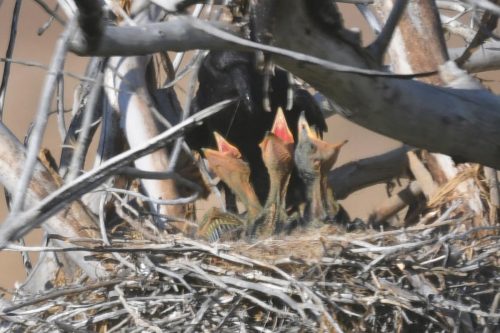
If you’re into wildlife viewing, cultural history, or just want to connect with something deeper than your daily routine, the ravens here will give you a perspective you can’t get anywhere else. We have reference materials about local indigenous history and wildlife guides to help you make the most of your observations.
Quite often, I write about my excursions and encounters with these find feathered friends of ours. You can check these out, here: High Desert Vibe.